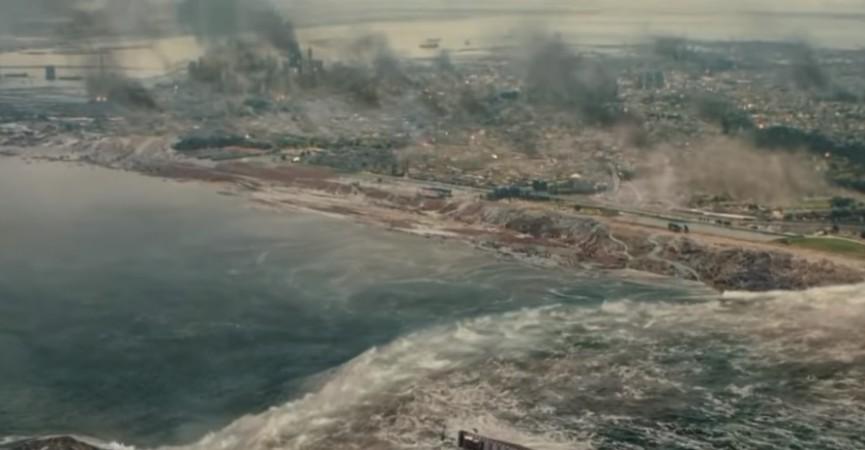
The wild imagination of Hollywood director Brad Peyton who made the movie San Andreas may turn true, as scientists have now warned about the possibilities of earthquakes in the San Andreas Fault. According to the research team who conducted this study, last year's earthquakes have exerted stress on the Garlock Fault which links San Andreas Fault and the Ridgecrest Fault.
Dire warning issued by experts
The warning is now being issued by catastrophe modeling company Temblor, and they believe that the rupture of Garlock Fault could trigger powerful earthquakes north of Los Angeles. A study report detailing their findings has been now published in the Bulletin of the Seismological Society of America.
"In our study, we developed a new method to forecast future seismicity. These forecasts are not earthquake predictions, which have so far proven impossible. Rather, they are probabilistic, framed in the language of chance. We use past seismicity, the stress imparted by recent large and moderate earthquakes and the equations governing how fault friction varies in time and space ('rate-state friction') to estimate the likelihood of future earthquakes of different sizes," wrote Temblor CEO Ross Stein and Shinji Toda of Tohoku University in a recent blog post.
During the study, experts made use of machine learning and found that there is a 2.3 percent chance of a magnitude 7.7 Garlock rupture in the next year.
"We estimate a 2.3% chance of a magnitude-7.7 Garlock Fault rupture in the next year — in other words, one chance in 43. This is 100 times higher than its annual chances in the 'UCERF3' benchmark model for California, which is jointly issued by the USGS, the Southern California Earthquake Center, and the California Geological Survey," added the researchers.
San Andreas ripe for a major earthquake
A few months back, top scientist Thomas Rockwell had claimed that the San Andreas Fault is ripe for a major earthquake. According to Rockwell, the average recurrent interval of earthquakes in the area is 180 years, but it has now been 380 years since the last large earthquake hit the fault, which indicates that a megaquake is overdue.








![BJP fields Tashi Gyalson for Ladakh; drops sitting MP [details]](https://data1.ibtimes.co.in/en/full/797185/bjp-fields-tashi-gyalson-ladakh-drops-sitting-mp-details.jpg?w=220&h=138)






![BJP fields Tashi Gyalson for Ladakh; drops sitting MP [details]](https://data1.ibtimes.co.in/en/full/797185/bjp-fields-tashi-gyalson-ladakh-drops-sitting-mp-details.jpg?w=220&h=135)